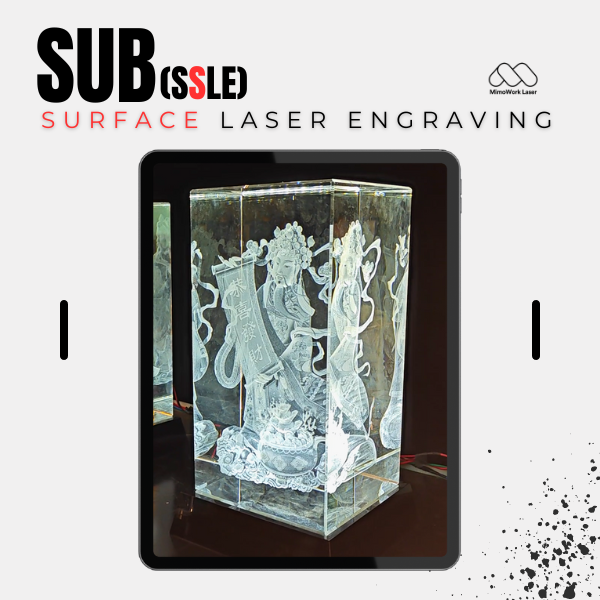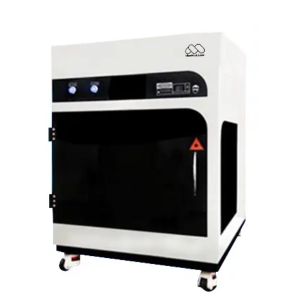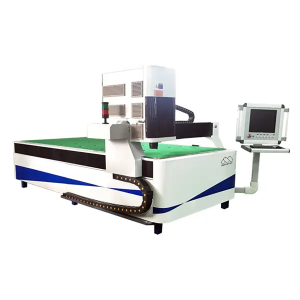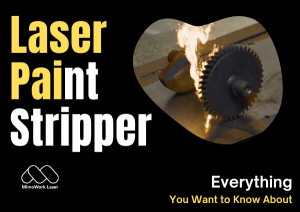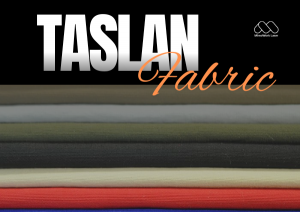Subsurface Laser Engraving - What & How [2024 Updated]
Subsurface Laser Engraving is a technique that uses laser energy to permanently alter the subsurface layers of a material without damaging its surface.
In crystal engraving, a high-powered green laser is focused a few millimeters below the crystal's surface to create intricate patterns and designs within the material.
Table of Content:
1. What is Subsurface Laser Engraving
When the laser hits the crystal, its energy is absorbed by the material which causes localized heating and melting only at the focal point.
By precisely controlling the laser beam with galvanometers and mirrors, intricate patterns can be etched inside the crystal along the laser path.
The melted regions then re-solidify and leave permanent modifications under the crystal's surface.
The surface remains intact since the laser energy is not strong enough to penetrate all the way through.
This allows for the creation of subtle designs that are only visible under certain lighting conditions such as backlighting.
Compared to surface engraving, subsurface laser engraving preserves the crystal's smooth exterior while revealing hidden patterns within.
It has become a popular technique for producing unique crystal artworks and decorative items.
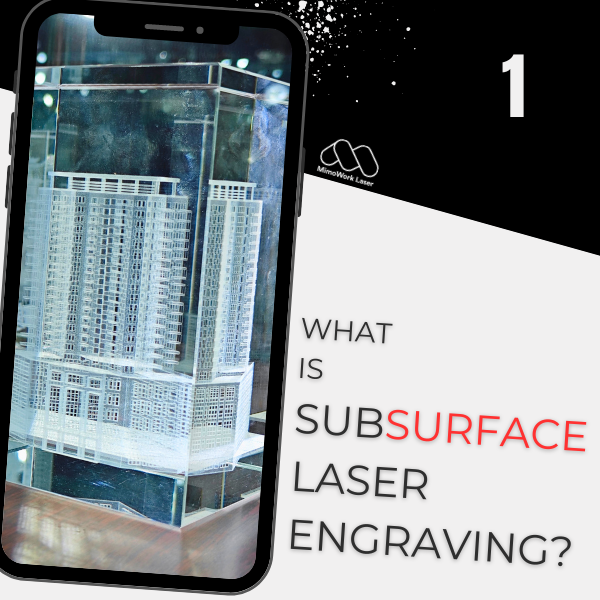
2. Green Laser: The Making of Bubblegram
Green lasers with wavelengths around 532 nm are especially well-suited for subsurface crystal engraving.
At this wavelength, the laser energy is strongly absorbed by many crystal materials such as quartz, amethyst, and fluorite.
It allows for precise melting and modification of the crystal lattice a few millimeters below the surface.
Take bubblegram crystal art as an example.
Bubblegrams are created by engraving delicate bubble-like patterns inside transparent crystal blocks.
The process begins with selecting high-quality crystal stock free of inclusions or fractures.
Quartz is a commonly used material for its clarity and ability to be strongly modified by green lasers.
After mounting the crystal onto a precision 3-axis engraving system, a high-power green laser is targeted a few millimeters below the surface.
The laser beam is controlled by galvanometers and mirrors to slowly etch out elaborate bubble designs layer by layer.
At full power, the laser can melt quartz at rates over 1000 mm/hr while maintaining micron-level precision.
Multiple passes may be required to fully separate the bubbles from the background crystal.
The melted regions will re-solidify upon cooling but remain visible under backlighting due to the changed refractive index.
Any debris from the process can be removed later through a light acid wash.
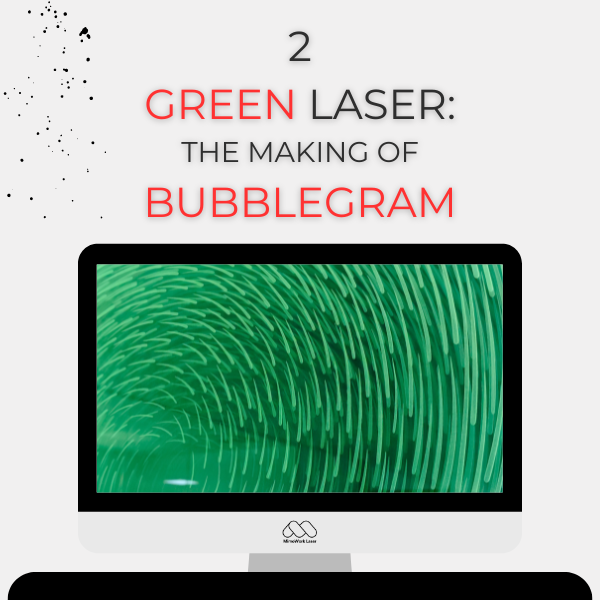
The finished bubblegram reveals a beautiful hidden world only visible when light shines through.
By harnessing the material modification capabilities of green lasers.
Artists can craft one-of-a-kind crystal art that blends engineering precision with the natural beauty of the raw material.
Subsurface engraving opens up new possibilities for integrating advanced technologies with nature's gifts in glass, and crystal.
3. 3D Crystal: The Material Limitation
While subsurface engraving allows for intricate 2D patterns, creating fully 3D shapes and geometries within crystal brings additional challenges.
The laser must melt and modify the material with micron-level precision not just on the X-Y plane, but also sculpt in three dimensions.
However, crystal is an optically anisotropic material whose properties vary with crystallographic orientation.
As the laser penetrates deeper, it encounters crystal planes with different absorption coefficients and melting points.
This causes the modification rate and focal spot characteristics to change unpredictably with depth.
Additionally, stress builds up within the crystal as melted regions re-solidify in nonuniform ways.
At deeper engraving depths, these stresses can exceed the material's fracture threshold and cause cracks or fractures to form.
Such defects ruin the transparency of the crystal and the 3D structures within.
For most crystal types, fully 3D subsurface engraving is limited to depths of a few millimeters.
Before material stresses or uncontrolled melting dynamics start to degrade the quality.
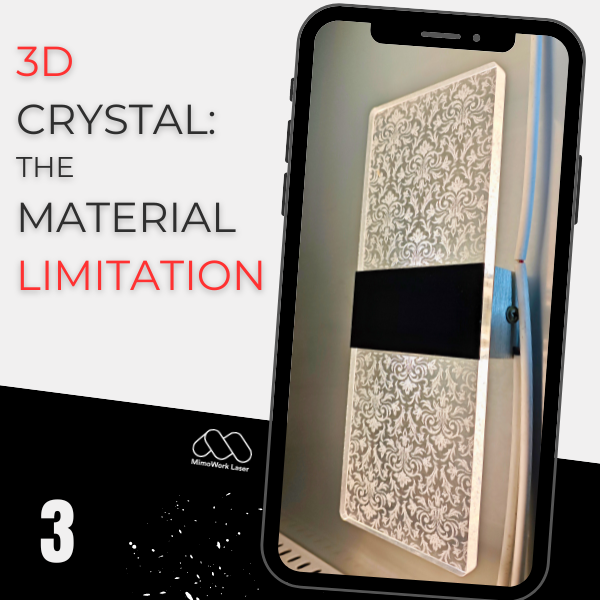
However new techniques have been explored to overcome these limitations
Such as multi-laser approaches or modifying the crystal's properties through chemical treatments.
As for now, complex 3D crystal art is no longer a challenging frontier.
We Don't Settle for Mediocre Results, Neither Should You
4. The Software for Laser Subsurface Engraving
Sophisticated laser control software is needed to orchestrate the intricate subsurface engraving processes.
Beyond simply rastering the laser beam, programs must account for the crystal's varying optical properties with depth.
Leading software solutions allow users to import 3D CAD models or generate geometries programmatically.
Engraving paths are then optimized based on the material and laser parameters.
Factors like focal spot size, melting rate, heat accumulation, and stress dynamics are all simulated.
The software slices the 3D designs into thousands of individual vector paths and generates G-code for the laser system.
It controls galvanometers, mirrors, and laser power precisely according to the virtual "toolpaths."
Real-time process monitoring ensures engraving quality.
Advanced visualization tools preview the expected results for easy debugging.
Machine learning is also incorporated to continuously refine the process based on data from past jobs.
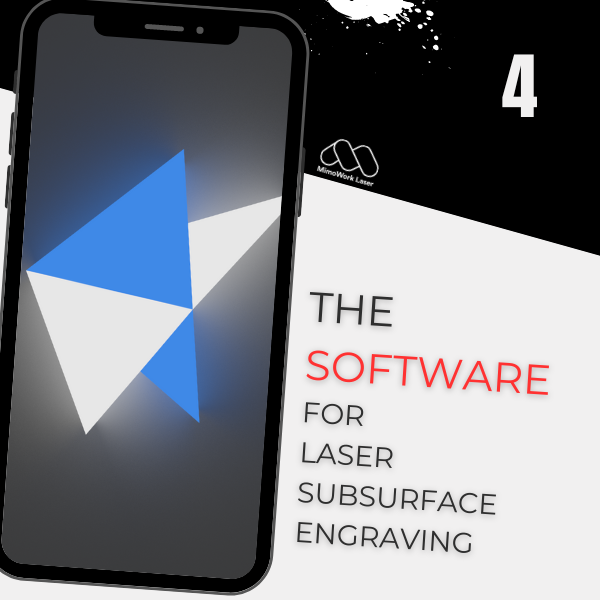
As laser subsurface engraving evolves, its software will play an increasingly important role in addressing challenges and unlocking the technique's full creative potential.
With continued technological progress, crystal art is being redefined in three dimensions.
5. Video Demo: 3D Subsurface Laser Engraving
Here's the Video! (Dat-dah)
If you enjoyed this video, why not subscribe to our YouTube channel?
What is Subsurface Laser Engraving?
How to Choose Glass Engraving Machine
6. Commonly Asked Questions about Subsurface Laser Engraving
1. What Types of Crystals can be Engraved?
The main crystals suited for subsurface engraving are quartz, amethyst, citrine, fluorite, and some granites.
Their composition allows for strong absorption of the laser light and controllable melting behavior.
2. What Laser Wavelengths Work Best?
A green laser with a wavelength of around 532 nm provides optimal absorption in many crystal types used for art.
Other wavelengths like 1064 nm can work but may require higher power.
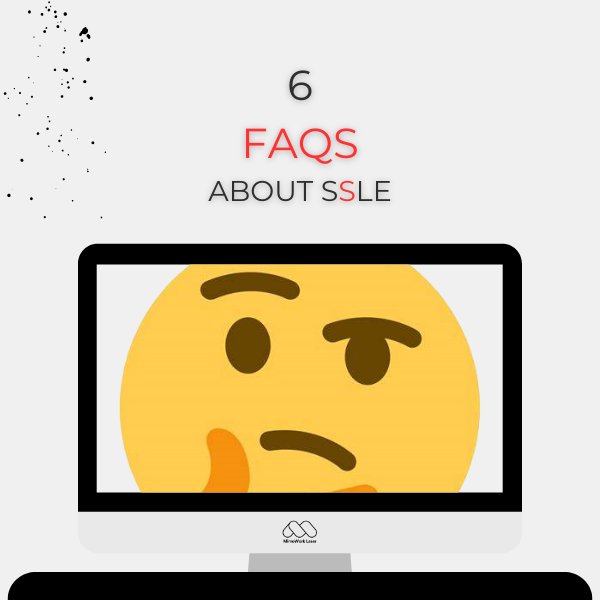
3. Can 3D Shapes be Engraved?
While 2D patterns are readily achievable, fully 3D engraving nowadays has been perfected for commercial usage.
The creation of stunning 3D Crystal art can be done precisely, quickly, and easily.
4. Is the Process Safe?
With proper laser safety equipment and procedures, subsurface crystal engraving done by professionals presents no unusual health risks.
Always protect your eyes from direct or indirect exposure to laser light.
5. How do I Start an Engraving Project?
The best approach is to consult with an experienced crystal artist or engraving service.
They can advise on material selection, design feasibility, pricing, and turnaround times based on your specific project needs and vision.
Or...
Why not Get Started Right Away?
Machine Recommendations for Subsurface Laser Engraving
Max Engraving Range:
150mm*200mm*80mm - Model MIMO-3KB
300mm*400mm*150mm - Model MIMO-4KB
▶ About Us - MimoWork Laser
Elevate your Production with Our Highlights

MimoWork has been committed to the creation and upgrade of laser production and developed dozens of advanced laser technology to further improve clients' production capacity as well as great efficiency. Gaining many laser technology patents, we are always concentrating on the quality and safety of laser machine systems to ensure consistent and reliable processing production. The laser machine quality is certificated by CE and FDA.
Get More Ideas from Our YouTube Channel
You Might be Interested in:
We Accelerate in the Fast Lane of Innovation
Post time: Mar-15-2024


